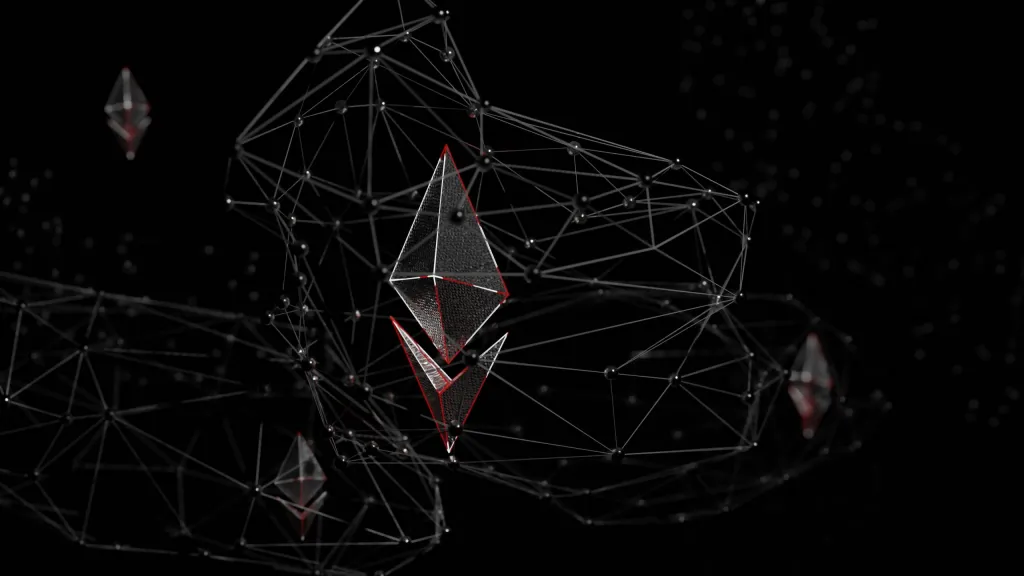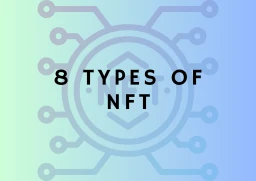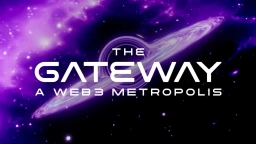ERC-1155 vs ERC-721: Which to use for your NFT project

Above: 3D illustration of a network of Ethereum by Shubham Dhage
Both token standards have their applications, and it’s worth knowing their individual properties to help decide which to implement in your project.
In the past year, Non-Fungible Tokens (NFTs) have captured the world by storm. Most NFTs rely on an Ethereum standard termed ERC-721. This standard allows for the creation of distinct tokens: for example, a personal avatar, or collectible trading card that is totally unique and can’t be replicated.
However, with much exploration into the emerging Web3.0 space, founders are eager to create new applications with interesting use cases and utilities. These innovators may find that the ERC-721 standard has its limitations.
So when Enjin released the new ERC-1155 token standard, attention in the crypto market has been moving towards it. ERC-1155 has a newly revised set of properties making it worth knowing when to employ it.
What is the ERC-721 Token Standard?
The ERC-721 token standard kicked off the NFT craze. It was the first of its kind, and consequently, the most popular standard for creating these unique tokens. One of the key selling points of NFTs using the ERC-721 standard, which is still widely used today, is its non-fungibility. The idea of uniqueness and ownership of a one-of-a-kind piece was and still is attractive to many.
An example of an NFT collection that uses the ERC-721 standard is the popular CryptoPunks. And 4 of the elusive CryptoPunks happen to be available for sale on Niftyzone!

In addition to being completely unique, here are some of the additional feature specifications of ERC-721:
- It allows you to transfer NFTs between accounts, allowing NFTs to be traded for other currencies.
- It allows you to identify the total supply of a set of NFTs on the network.
- It allows you to query for the owners of a specific asset.
What is the ERC-1155 Token Standard?
Unlike ERC-721, if one were to transfer multiple NFTs, each NFT would require a single transaction because each NFT is represented by a single smart contract. This results in exorbitantly high transaction costs when minting or trading individual NFTs. In contrast, the ERC-1155 allows batch transfers — multiple assets on a single smart contract — that result in all tokens being transferred at once, leading to a less congested network and consequently lower gas costs. For example, when a user wants to sell a thousand items in a game to another user, he or she can use the batch token transfer of ERC-1155 to send them all in one go – how efficient!
Another major feature of this multi-token standard is it supports both fungible and non-fungible tokens on the same address and contract.
An additional feature of ERC-1155 is that it supports the creation of semi-fungible tokens. SFTs trade as fungible tokens, but once redeemed, they convert into NFTs. For example, a ticket to a movie prior to the event may be considered a fungible asset since any ticket will give you entry into the theatre. However, once the show is over, the ticket is now irreplaceable memorabilia; an NFT of sorts.
Many projects shown on Niftyzone utilize the ERC-1155 token standard such as Niftyzone’s Abstract Pony NFT Collection.

ERC-721 vs ERC-1155
The ERC-1155 token standard could see much more prominent use than the ERC-721 token standard in the near future, thanks to its additional features. Both allow you to be able to mint new NFTs, but there are some key differences:
- ERC-1155 permits the creation of both semi-fungible tokens and non-fungible tokens, whereas ERC-721 permits only the latter.
- ERC-1155’s smart contracts support an infinite number of tokens, whereas ERC-721 needs a new smart contract for each type of token.
- ERC-1155 also allows batch transfers of tokens, which can reduce transaction costs and times. With ERC-721, sending multiple tokens is done individually.
- ERC-1155 token transfers can be reverted in the event of a mistake due to its safe transfer function and other rules in place to prevent exploitation. On the ERC-721 standard, you can’t reclaim assets if they are sent to the wrong address.









